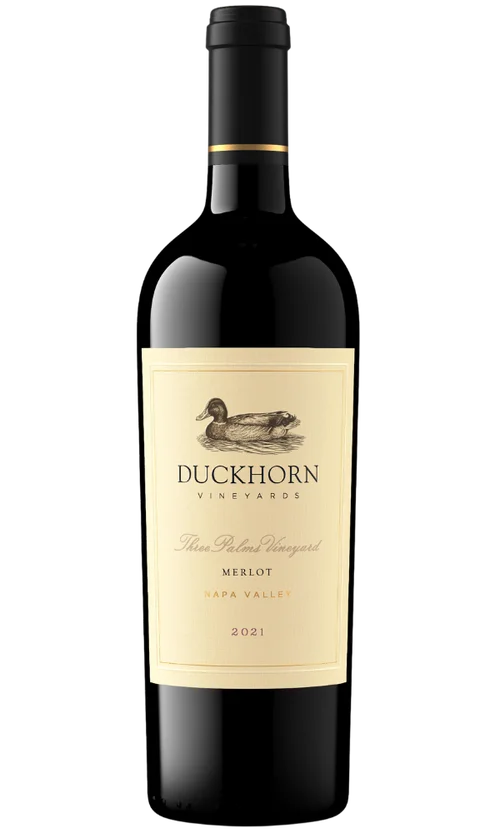About Merlot

Varietal Facts
Medium to full-bodied wines with flavors of black cherry, plum, and tobacco
Overview of Merlot
Merlot enjoyed a surge in popularity in the 1990s as consumers suddenly discovered that they could enjoy aromas and flavors similar to those of Cabernet in a fleshier, softer wine with smoother tannins. A wave of Merlot plantings followed, frequently in soils and microclimates completely inappropriate for this variety, and the market was soon flooded with dilute bottles from young vines and high crop levels, and weedy, herbaceous examples from underripe fruit. Many of these undernourished wines were overoaked in attempts to mask their deficiencies. Over the same period, a number of Cabernet producers began picking riper fruit and doing a better job managing their tannings during the making and aging of their wines. The result was an upswing of powerful, satisfying Cabernets that were far less austere in their youth -- and a sharp decline in interest in Merlot.
Still, California's best Merlots, some of which predated the vogue for this variety in the 1990s, continue to be some of the finest examples of this variety outside Bordeaux -- in the same quality league with wines from Washington State and Italy's Tuscan coast region.
Merlot Blends
Expect to find broad, supple wines with medium to full body, typically with aromas and flavors of black cherry, plum, dark berries, dark chocolate, tobacco, and earth, and suave, fine-grained tannins. Merlot also rules in Pomerol, and nowhere in the world does this variety make more complete wines than on the flat, clay-rich plateau that lies at the heart of this appellation.











